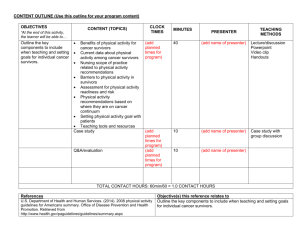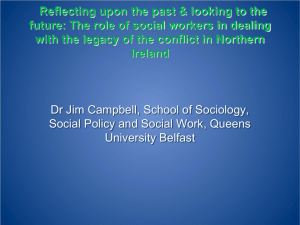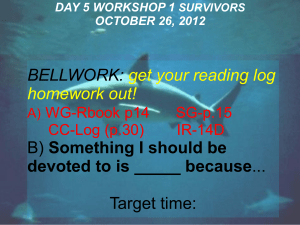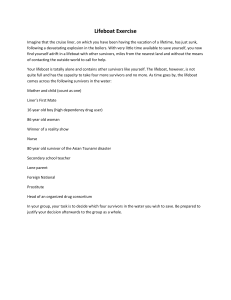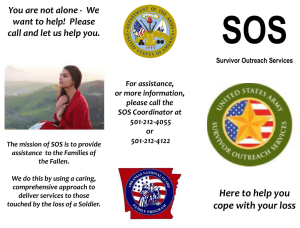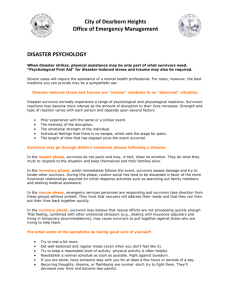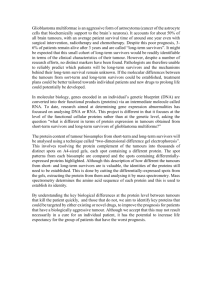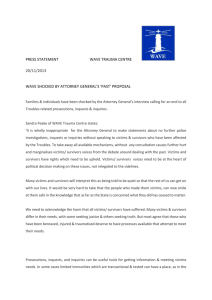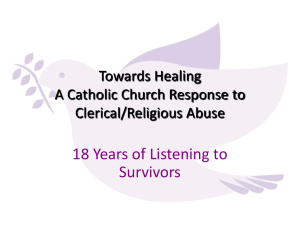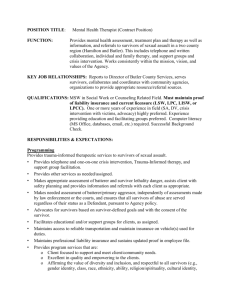Nearly three years ago, on a nondescript, sunny Tuesday morning
advertisement
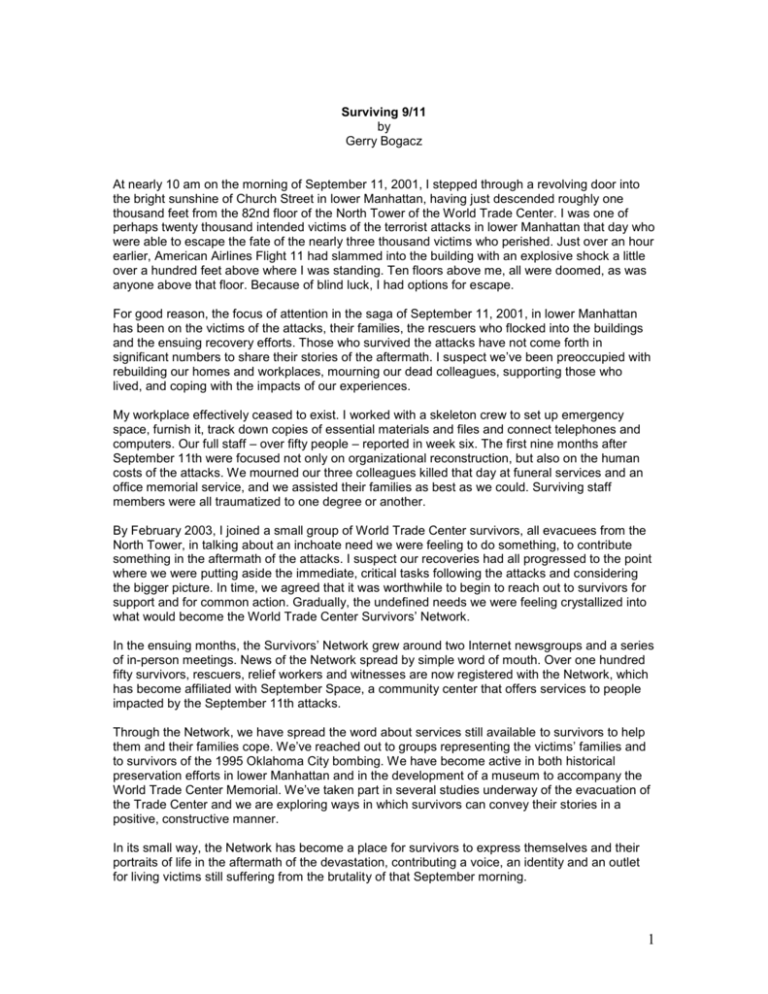
Surviving 9/11 by Gerry Bogacz At nearly 10 am on the morning of September 11, 2001, I stepped through a revolving door into the bright sunshine of Church Street in lower Manhattan, having just descended roughly one thousand feet from the 82nd floor of the North Tower of the World Trade Center. I was one of perhaps twenty thousand intended victims of the terrorist attacks in lower Manhattan that day who were able to escape the fate of the nearly three thousand victims who perished. Just over an hour earlier, American Airlines Flight 11 had slammed into the building with an explosive shock a little over a hundred feet above where I was standing. Ten floors above me, all were doomed, as was anyone above that floor. Because of blind luck, I had options for escape. For good reason, the focus of attention in the saga of September 11, 2001, in lower Manhattan has been on the victims of the attacks, their families, the rescuers who flocked into the buildings and the ensuing recovery efforts. Those who survived the attacks have not come forth in significant numbers to share their stories of the aftermath. I suspect we’ve been preoccupied with rebuilding our homes and workplaces, mourning our dead colleagues, supporting those who lived, and coping with the impacts of our experiences. My workplace effectively ceased to exist. I worked with a skeleton crew to set up emergency space, furnish it, track down copies of essential materials and files and connect telephones and computers. Our full staff – over fifty people – reported in week six. The first nine months after September 11th were focused not only on organizational reconstruction, but also on the human costs of the attacks. We mourned our three colleagues killed that day at funeral services and an office memorial service, and we assisted their families as best as we could. Surviving staff members were all traumatized to one degree or another. By February 2003, I joined a small group of World Trade Center survivors, all evacuees from the North Tower, in talking about an inchoate need we were feeling to do something, to contribute something in the aftermath of the attacks. I suspect our recoveries had all progressed to the point where we were putting aside the immediate, critical tasks following the attacks and considering the bigger picture. In time, we agreed that it was worthwhile to begin to reach out to survivors for support and for common action. Gradually, the undefined needs we were feeling crystallized into what would become the World Trade Center Survivors’ Network. In the ensuing months, the Survivors’ Network grew around two Internet newsgroups and a series of in-person meetings. News of the Network spread by simple word of mouth. Over one hundred fifty survivors, rescuers, relief workers and witnesses are now registered with the Network, which has become affiliated with September Space, a community center that offers services to people impacted by the September 11th attacks. Through the Network, we have spread the word about services still available to survivors to help them and their families cope. We’ve reached out to groups representing the victims’ families and to survivors of the 1995 Oklahoma City bombing. We have become active in both historical preservation efforts in lower Manhattan and in the development of a museum to accompany the World Trade Center Memorial. We’ve taken part in several studies underway of the evacuation of the Trade Center and we are exploring ways in which survivors can convey their stories in a positive, constructive manner. In its small way, the Network has become a place for survivors to express themselves and their portraits of life in the aftermath of the devastation, contributing a voice, an identity and an outlet for living victims still suffering from the brutality of that September morning. 1 Gerry Bogacz is the Co-Chair of the Steering Committee of the World Trade Center Survivors' Network. He escaped the 82nd floor of the North Tower on both September 11, 2001, and February 26, 1993. He lives in the Bronx with his wife Marianne and daughter Amanda. For more information about the World Trade Center Survivors’ Network, visit their website at www.survivorsnet.org. 2

